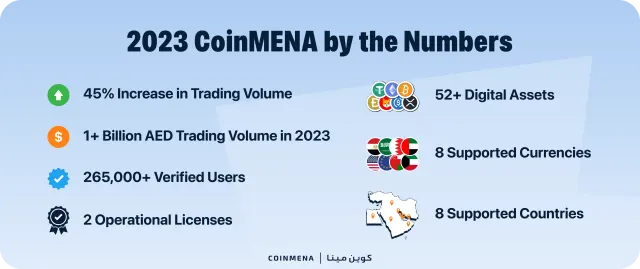
Crypto Crash Highlights Need for Regulation
UST LUNA was the largest collapse in crypto history. The recent events have not changed my opinion on the long-term value proposition of crypto, but it has highlighted the need for more regulation in the sector.

As many of you know, UST LUNA was the largest collapse in crypto history, with over $50 billion in value lost in one week. The demise resulted in widespread chaos, and the aftereffects are likely to be felt across the crypto and DeFi sector for some time. The recent events have not changed my opinion on the long-term value proposition of crypto, but it has highlighted the need for more regulation in the sector.
While no one likes to see investors lose out, I believe the crypto sector is experiencing a watershed moment equivalent to the collapse of Lehman Brothers during the 2007-08 financial crisis. Like Lehman Brothers, UST was stable in name only. As an algorithmically pegged token, its so-called stability depended on an unstable token. Genuine stablecoins such as USD Tether (USDT) and USD Coin (USDC), on the other hand, offer far greater security because their pegs are backed by tangible assets, with each token in circulation matched by the equivalent value in fiat currency.
That’s why regulation is so important. Whether to combat mislabeled stablecoins or unlicensed exchanges, we need appropriate frameworks and enforcement mechanisms to protect investors and support sustainable growth within crypto and DeFi. Fortunately, regional legislators are keenly aware of this need. As entities such as the Central Bank of Bahrain and Dubai’s Virtual Assets Regulatory Authority (VARA) continue to introduce new investor-centric rules, events such as the collapse of Terra will become increasingly rare.
In short, some products have strong financial ecosystems, and some don’t. Terra didn’t; it was a risky project that failed. So, always do your homework. Starting with small investments and using techniques such as dollar-cost averaging, for instance, can help you to manage your risk and make informed decisions.
And let’s not lose sight of the bigger picture. When Lehman Brothers filed for bankruptcy in 2008, few commentators seriously predicted the end of centralized finance. Any that did have since been proved wrong. Although painful for many investors, the current uncertainty surrounding crypto is an inevitable growing pain on the road to market maturity.
There is no doubt in my mind that crypto will bounce back. We just need to keep our cool and HODL.



